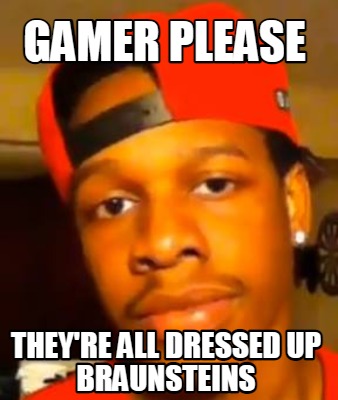"Braunstein may be fine for D&D and its clones, but not for (this game)!"
"Okay, I grant you Traveller and its derivatives like Twilight 2000 (which, by the way, is perfect as a Braunstein). But there's no way you can do this with-"
Stop right there, Anon. I'll show you, and I'll go to a game that sells itself as "the first anime RPG" to do it.
 Mekton Zeta, despite its pretensions of Narrative logic, is still a wargame at its roots and in its heart. That means it is open to playing in the Braunstein manner, and the experience of play completely changes when this is done.
Mekton Zeta, despite its pretensions of Narrative logic, is still a wargame at its roots and in its heart. That means it is open to playing in the Braunstein manner, and the experience of play completely changes when this is done.
The point of divergence from the standard assumptions of play is immediately after the Referee determines (with the help of the mandatory Mekton Zeta Plus supplement) what the initial boundary conditions are regarding what rules subsets (e.g. psionics), technologies (FTL, regeneration, Scale limits), and build budgets (i.e. what you have to use with the Build System) are.
The second step becomes "Recruit Patron-level Players". If Getter Robo or Mobile Suit Gundam were a MZ Braunstein, one or more players would play the various factions in the story, which is far better for recreating that sense of the villains constantly scheme against each other while dealing with the heroes. The Referee briefs them on the initial boundary conditions and lets them go to work.
The initial campaign phase, therefore, is Patron interactions. The Referee doesn't even need to define a map in any significant detail; broad strokes sufficient to be terse exposition in a Hero Pulp will do, and let the Patrons fill in the rest.
It is only some time after these initial moves are decided and recorded that there is any need for the Referee to have players bother with the Character Generator subsystem at all, and depending on the playable scenarios that these interactions created you may not even need the powered armor or giant robots.
Now you see the overall gameplay loop. Patrons interact at the Strtegic Level, dealing in big-scale actions of logistics and diplomacy to achieve results. The interactions of these Patrons create points of decision where the outcome is in doubt, be it direct contact by unfriendly Patrons or the discovery of heretofore undiscovered mysteries (and the promise of power, wealth, etc. therein). Player characters get their opportunity by intervening in these scenarios.
Now also comes the subtle factor: There is no reason for why your Giant Robot pilot cannot also play on the Patron level, or for why you can't play both the pilot and the man who designed the robot (the latter acting more on the Patron level), and because players can and will play multiple characters in the campaign it is not impossible for Patrons to create the scenarios that they then thwart because the PCs they play act against it.
This, Anon, is a far superior method to achieving the game's stated and expressed end of creating "anime-style" (mecha anime, specifically) gaming. You will be able to do this with Heavy Gear, Jovian Chronicles, Gear Krieg, BattleTech (where this is all but spelled out as presumed), Battle Century G, and any other such game that is not explicitly built to run entirely on Narrative logic (i.e. a Storygame).
Now watch me show you how this works for Call of Cthulhu tomorrow.

No comments:
Post a Comment
Anonymous comments are banned. Pick a name, and "Unknown" (et. al.) doesn't count.